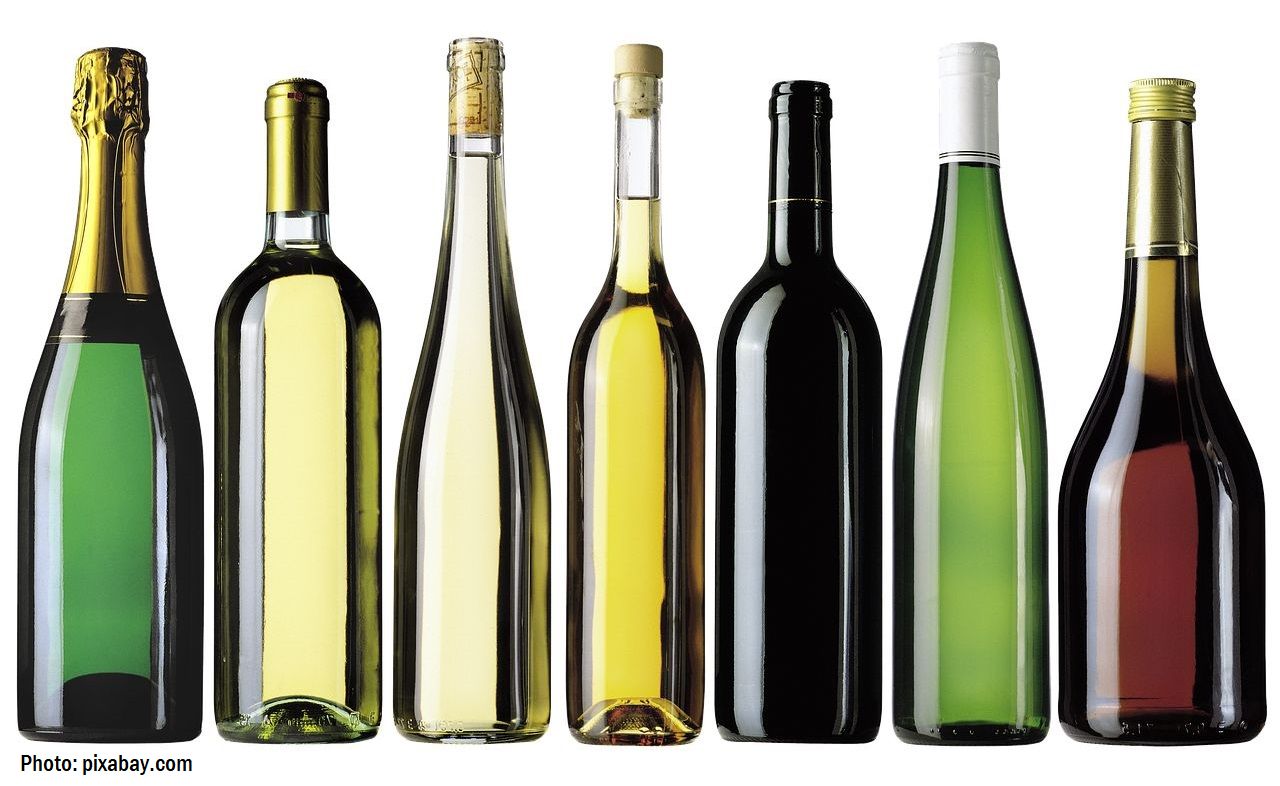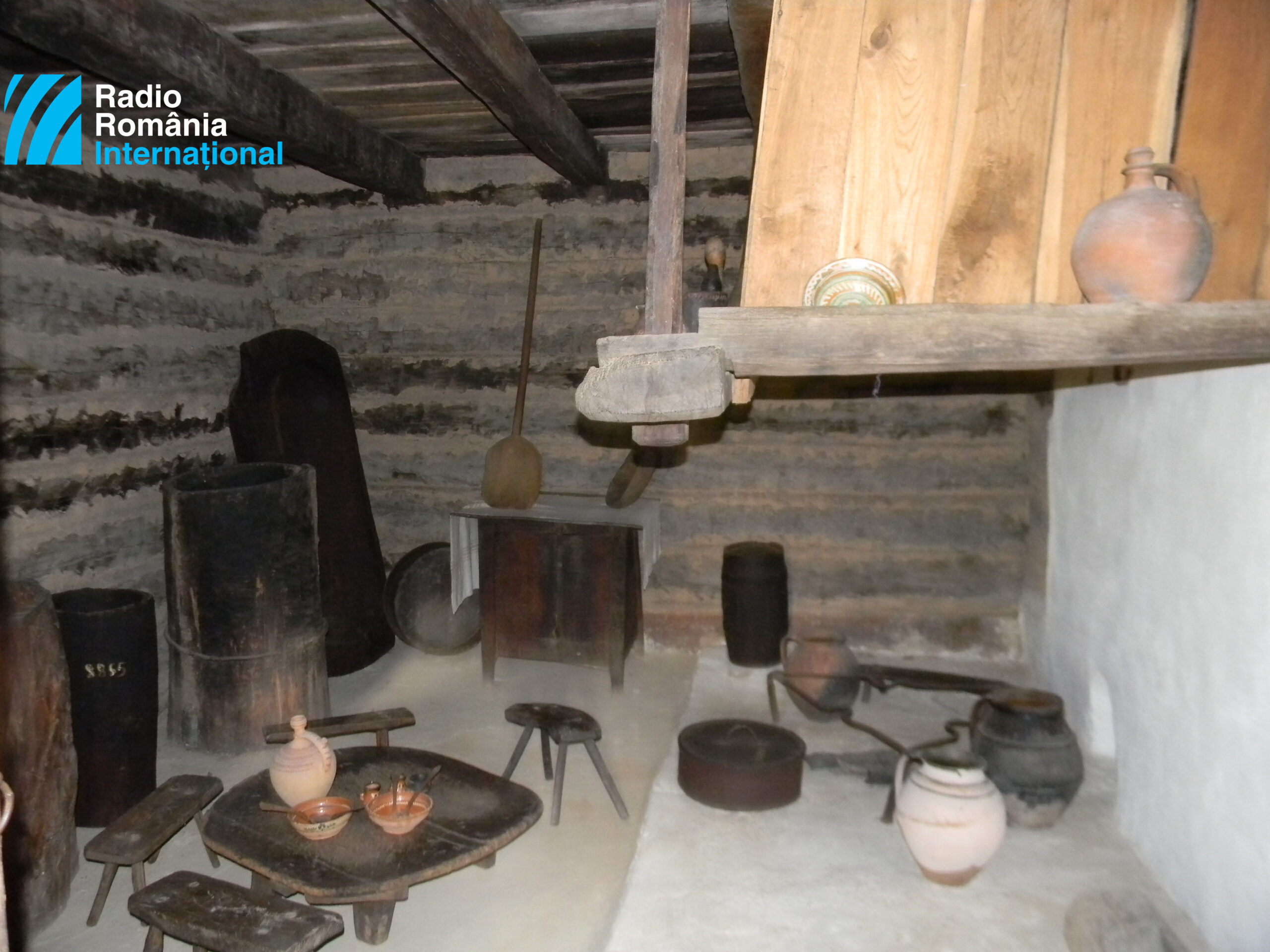The shape of wine bottles
A talk about the shape and color of wine bottles with one of Romania's most knowledgeable wine experts

Vlad Palcu, 07.05.2024, 14:00
A Romanian consumes an average of 2.5 bottles of wine per months, which means 23.5 liters per year. The figures have stabilized in recent years, and represent an increase compared to the 2015-2017 period, the International Organization of Vine and Wine (OIV) shows. Romania is ranked 13th at global level in terms of wine consumption per capita – a little over 23 liters per year, 30 bottles per years and 2.5 per month. Portugal leads the standings as the world’s largest producer and consumer with 52 liters per year (6 bottles per month). The list continues with France and Italy, two countries with a long history of wine-making. There is virtually no launch or dinner served in France without a glass of wine.
In Romania, differences between urban and rural communities are quite large, as people in rural areas prefer to drink other types of beverages or homemade wine. Still, for bottled wine aficionados, the shape and color of wine bottles carry special meaning, says George Ignat, also known as George Wine, a lecturer with the Superior School of Sommeliers, a member of the Wine Lover Romania Association.
“When we’re in a restaurant, or perhaps in the wine aisle at the market, we’re surrounded by a plethora of bottles that come in scores of shapes and colors and display various labels that are a genuine sight for the eyes. Color-wise, bottles come in a diverse offer. The most common are transparent bottles, used in particular for white and rosé wines. Then there are brown bottles, which are usually used to bottle red and green wines, although they are also used by white wines. For advertising reasons, winemakers also sell wine in blue bottles or resort to other less conventional tones. In terms of size, things get even more interesting. A typical wine bottle has 750 milliliters. I will try to outline the main types of wine that are bottled in atypical bottles. There are many smaller-sized bottles, but the most frequently used has 375 milliliters, which is half the standard volume of standard sweet desert reds from Soter. Why this specific figure? Whereas the typical yield for these sweet wines is 65%, due to atypical production process, the yield is 12%, production is quite small, which is why this type of bottle was adopted. The standard 750-mililiter bottle actually has 770 milliliters of liquid inside, due to the cork and the oxygen in-between”.
George Ignat also spoke about other types of non-standard wine bottles.
“We also have a 1.5-liter bottle, which is the most widespread of larger bottles. You can notice that every variant is in fact a multiple of 750 on the wine-bottling scale. Then we have the 2.25-liter bottle, the equivalent of three standard bottles, also known as Marie Jeanne, the 3-liter bottle, Jéroboam, the 4.5-liter bottle – Réhoboam, the 6-liter bottle – Mathusalem, the 9-liter bottle Salmanazar, the 12-liter bottle – Balthazar, the 15-liter bottle (the equivalent of twenty standard bottles), known as Nabuchodonosor”.
The shape of bottle wines is also steeped in meaning, says George Ignat.
“In terms of shape, we have three different standards – the Burgundy bottle, also known as Bourguignon, devoted to wines from Bourgogne, which appeared at the end of the 17th century. It has a narrow neck and is cone-shaped. It has a ring in the upper side which the glass blower adds at the end. The Bourguignon bottle is the French standard by excellence. Nearly all Chardonnays are bottle in this Burgundy bottle. Then, there’s the Bordeaux bottle, which also references a French wine-making area of legend. It is rather tall, with a fairly narrow neck, because corks used to be smaller, 18 millimeters in diameter compared to 24 in the present-day, with marked shoulders weighing down on the bottle’s cone shape. The shoulders were specifically designed to help the wine settle. The Alsace bottle, is very refined and elegant, and is also known as Flute d’Alsace, being the tallest of all bottles. Its trademark dates back to 55 years ago. It is reserved for wines made in Alsace. Various wine-making regions of France have their own dedicated bottles. Let me give you just one example – in Provence, the Haute Winery is famous for having manufactured its own bottles, now adopted by many producers of Provence rosés. This model used to be shaped like an amphora, and was patented in 1923”.
While there are hundreds of types of wine bottles, most wine producers today use one of the three standard bottles: the Riesling (Alsace) bottle, the Bordeaux bottle or the Burgundy bottle, which you can all see on supermarket shelves. Yet regardless of shapes and sizes, the number one rule of drinking wine is, of course, moderation. (VP)






























